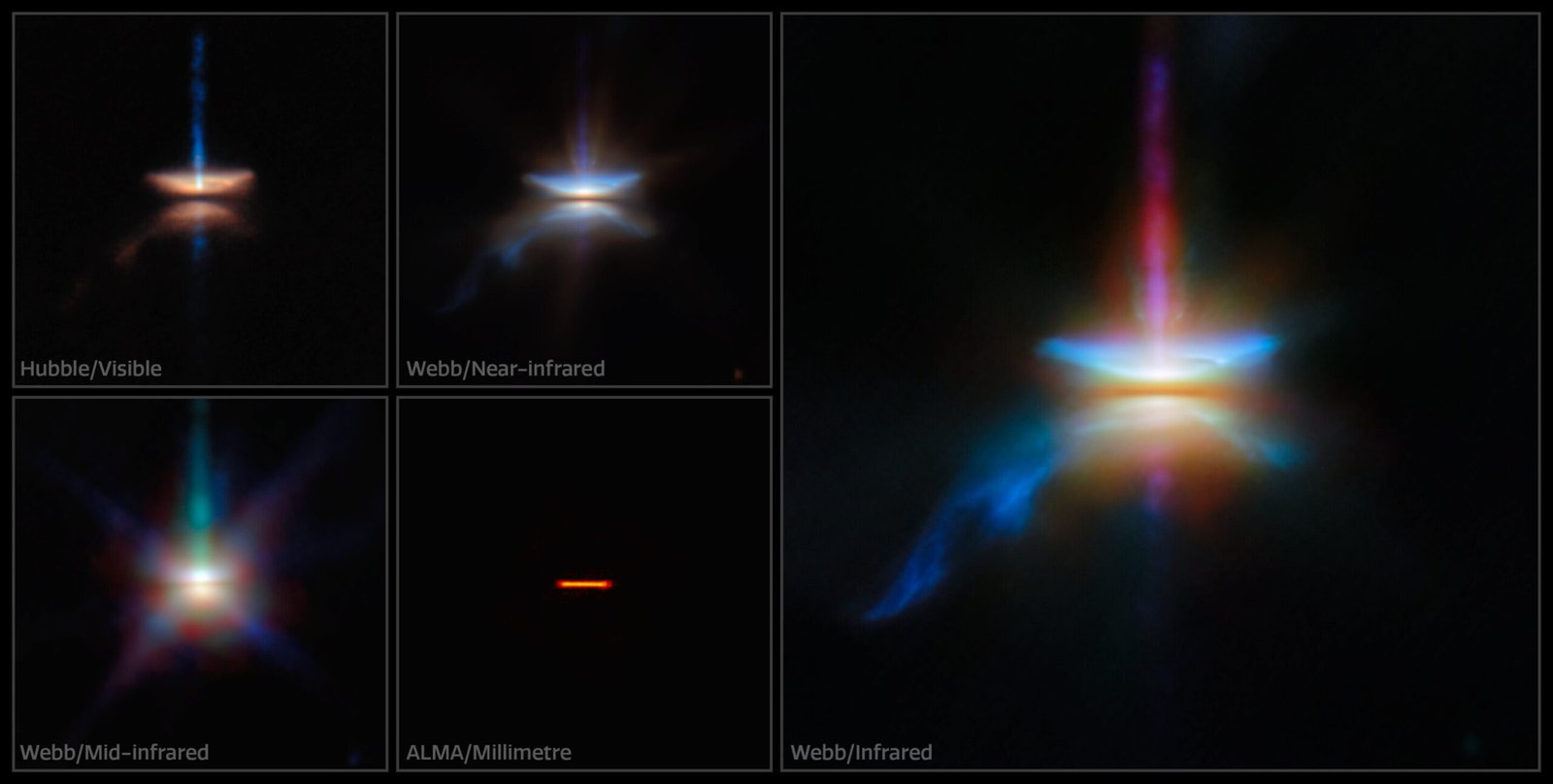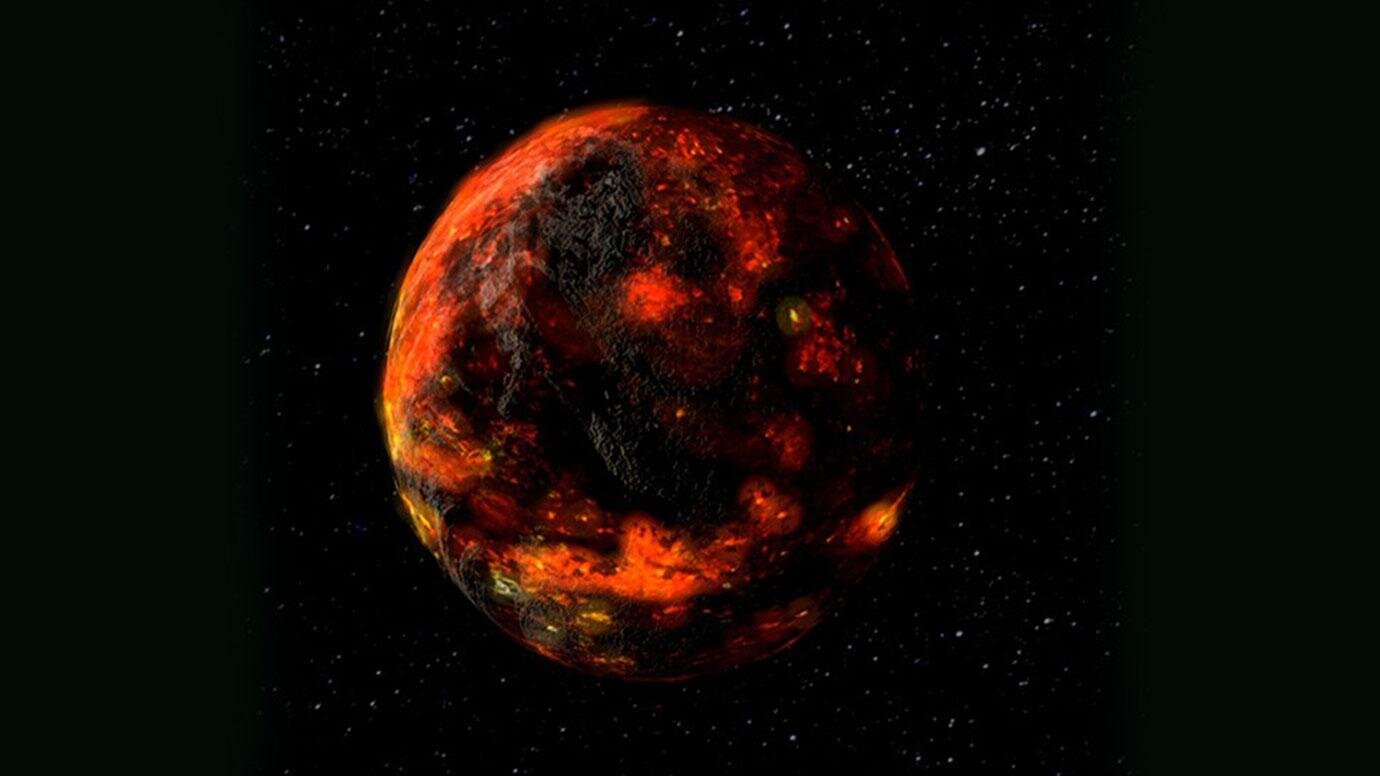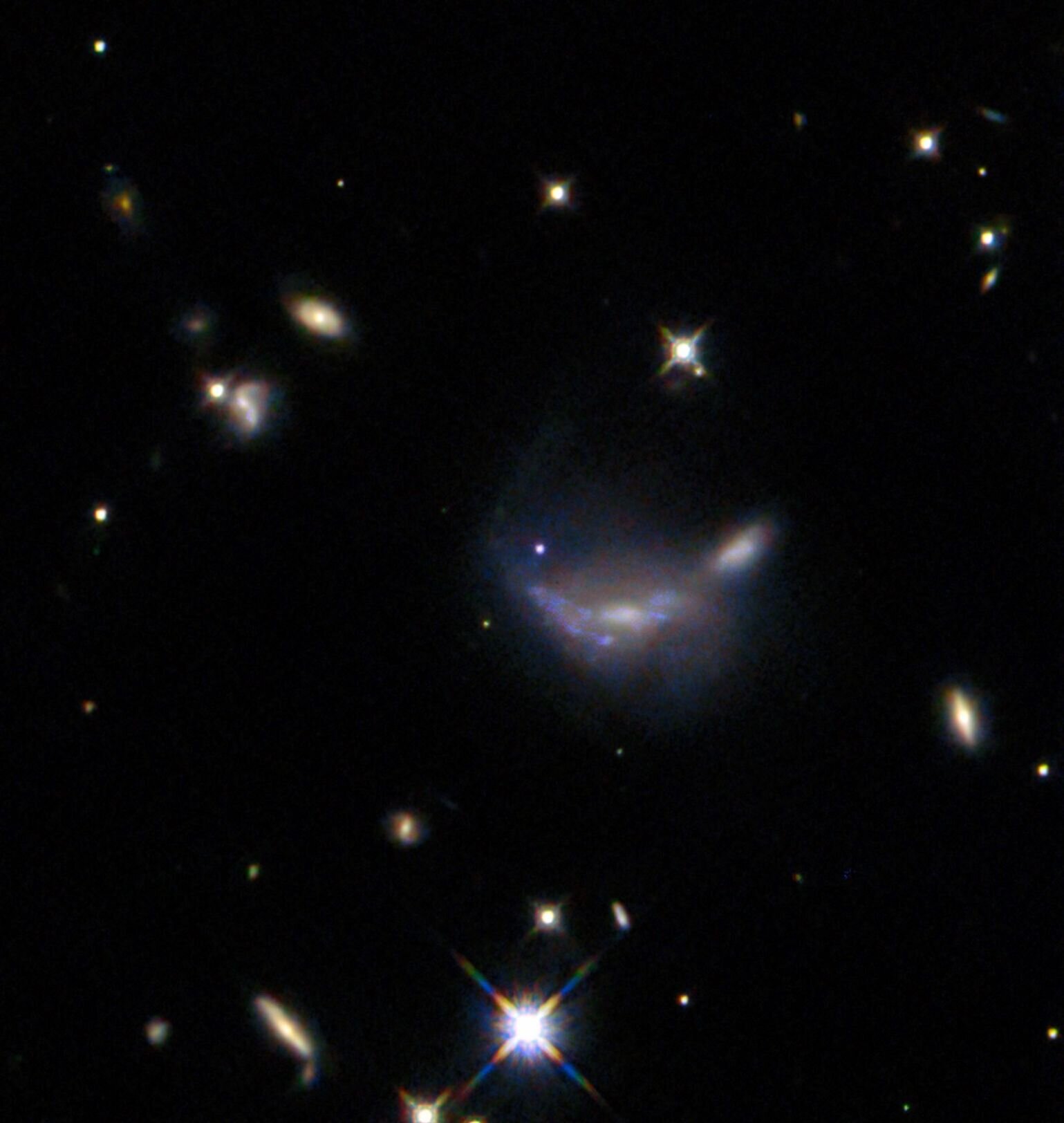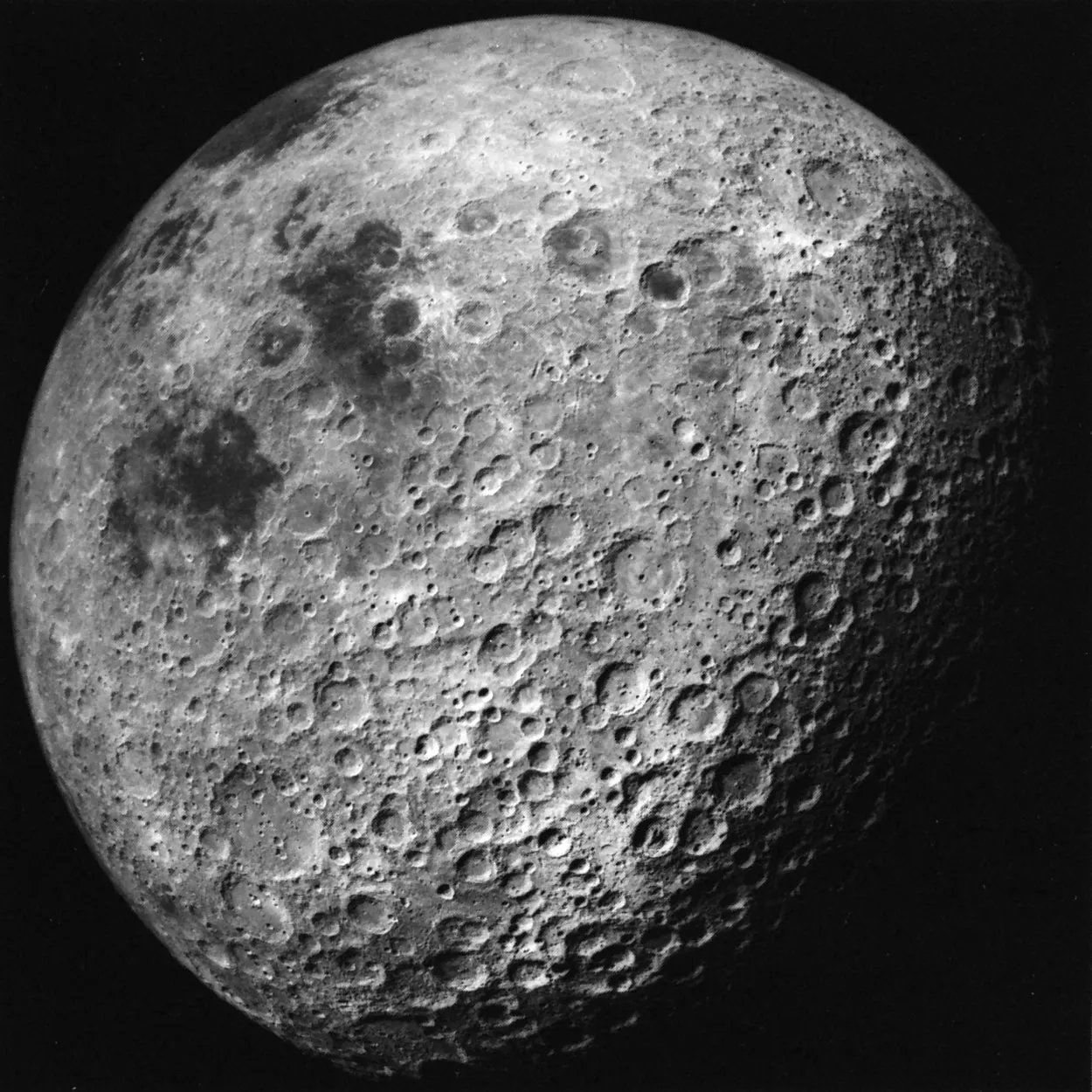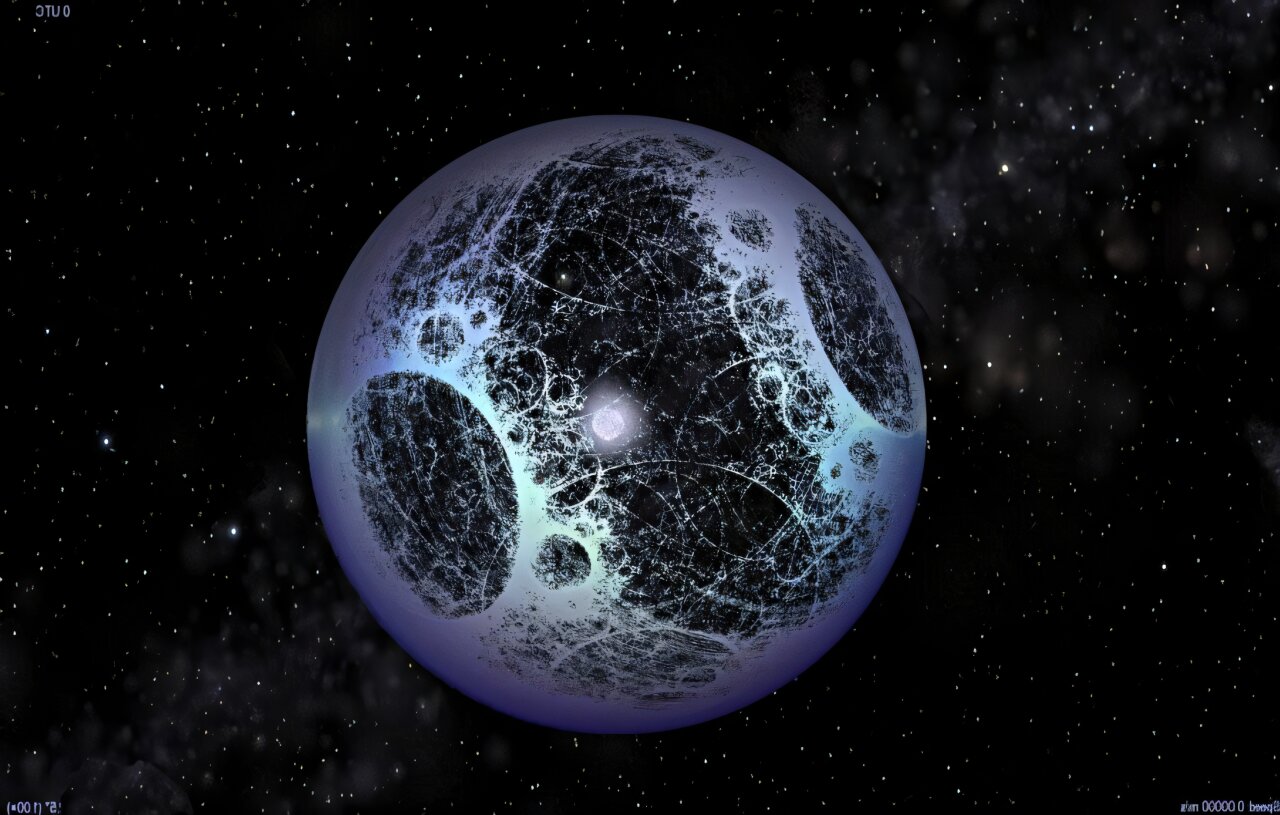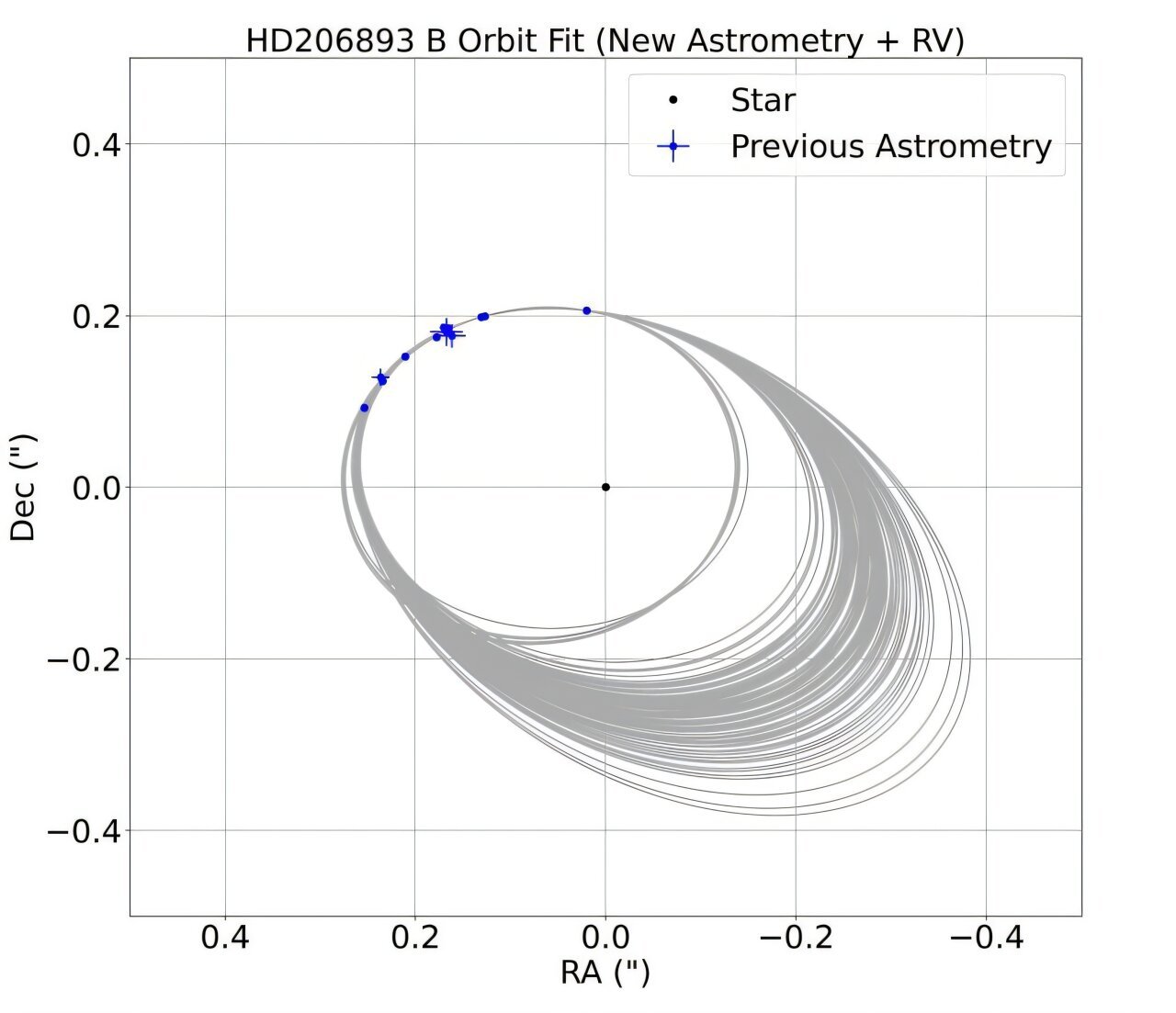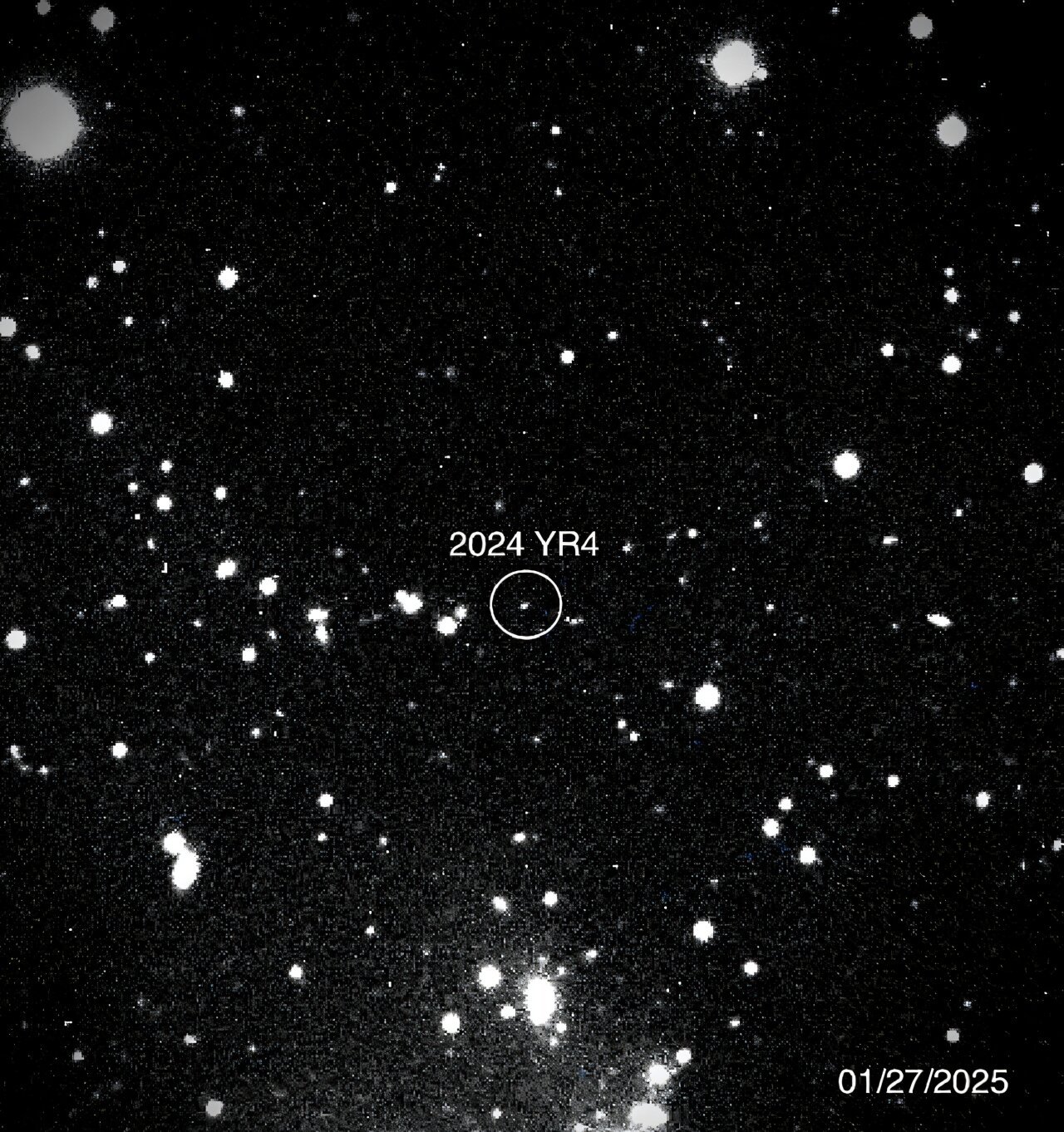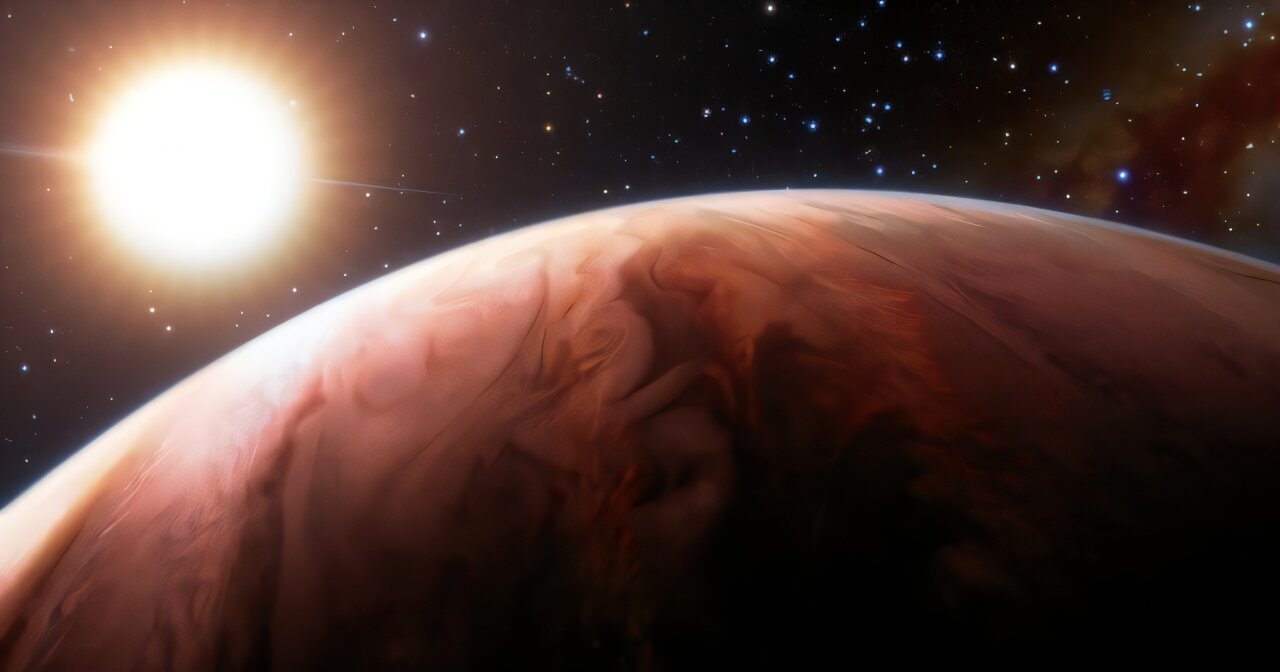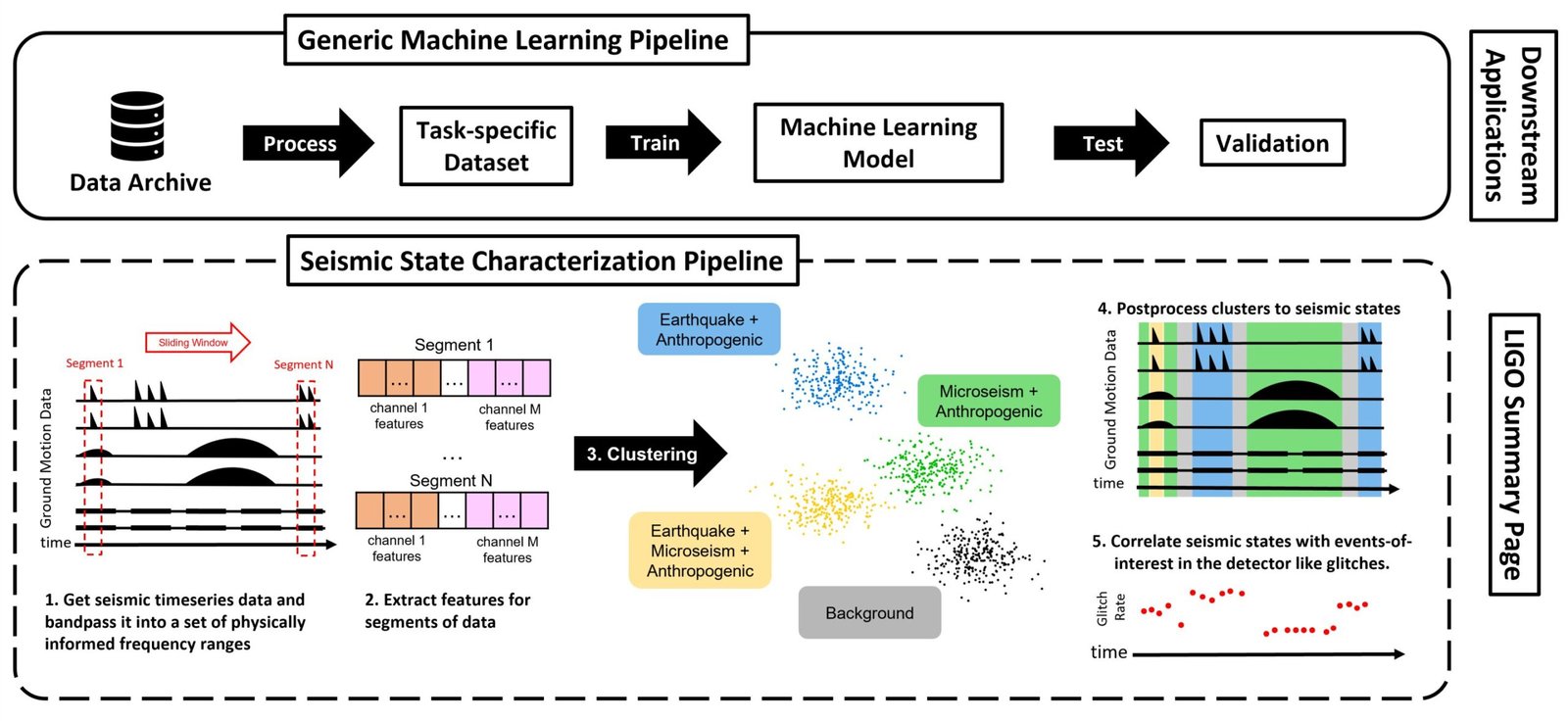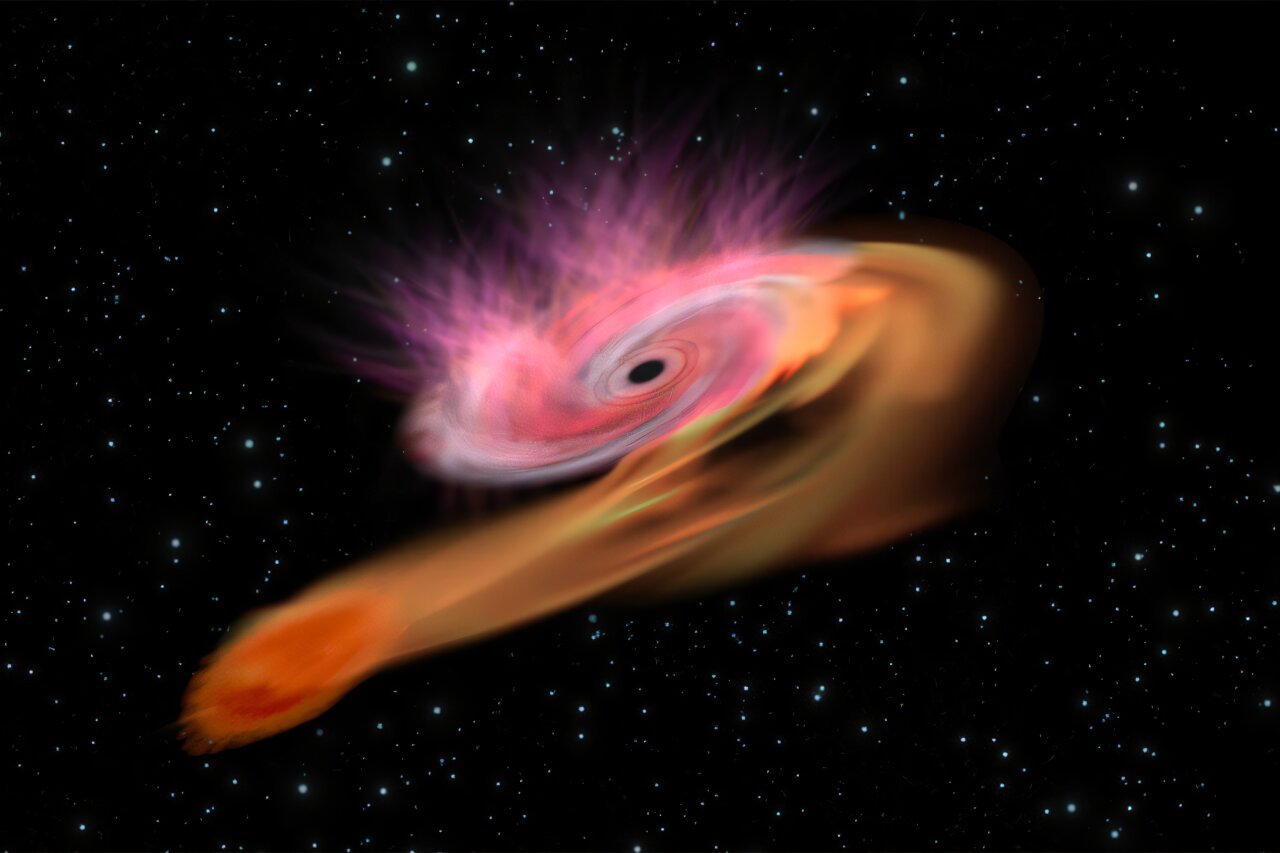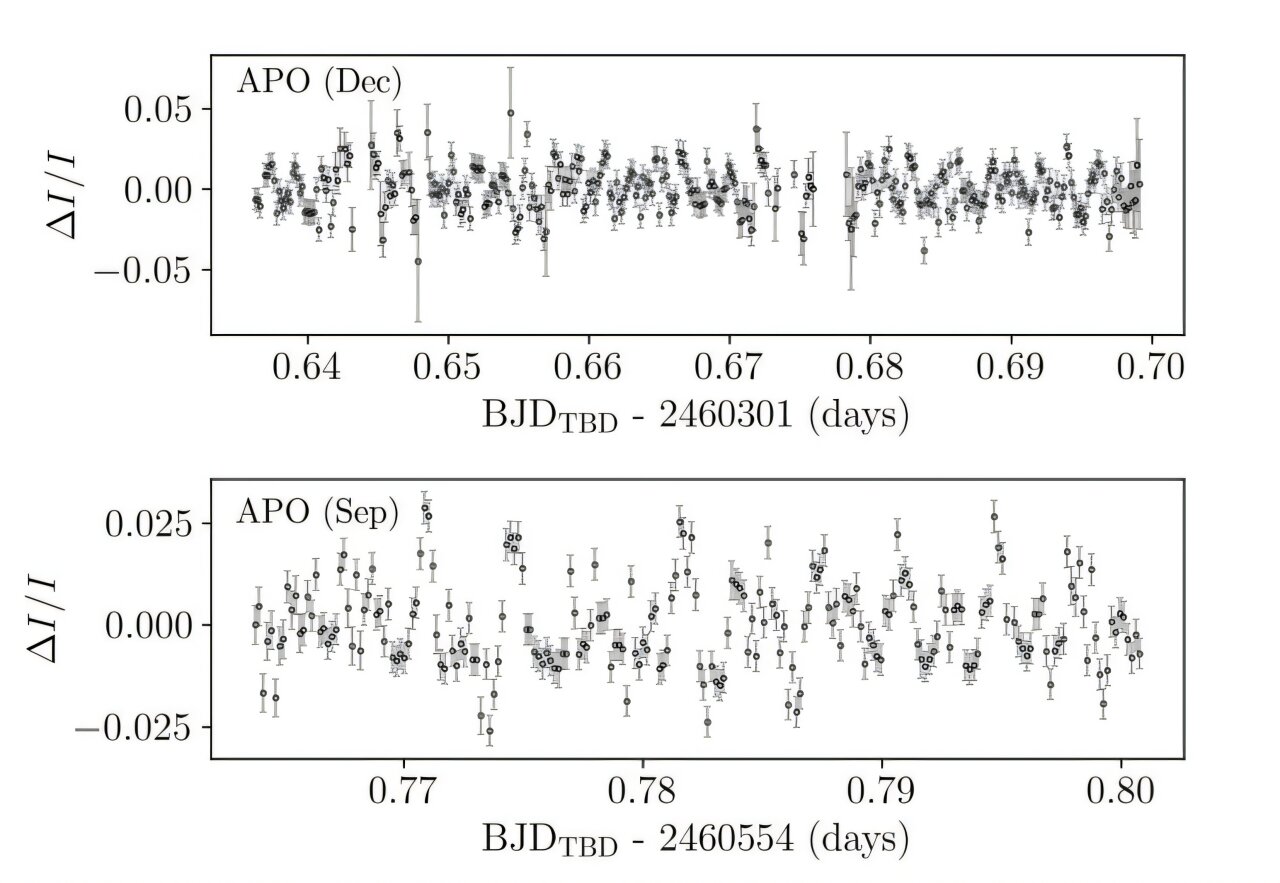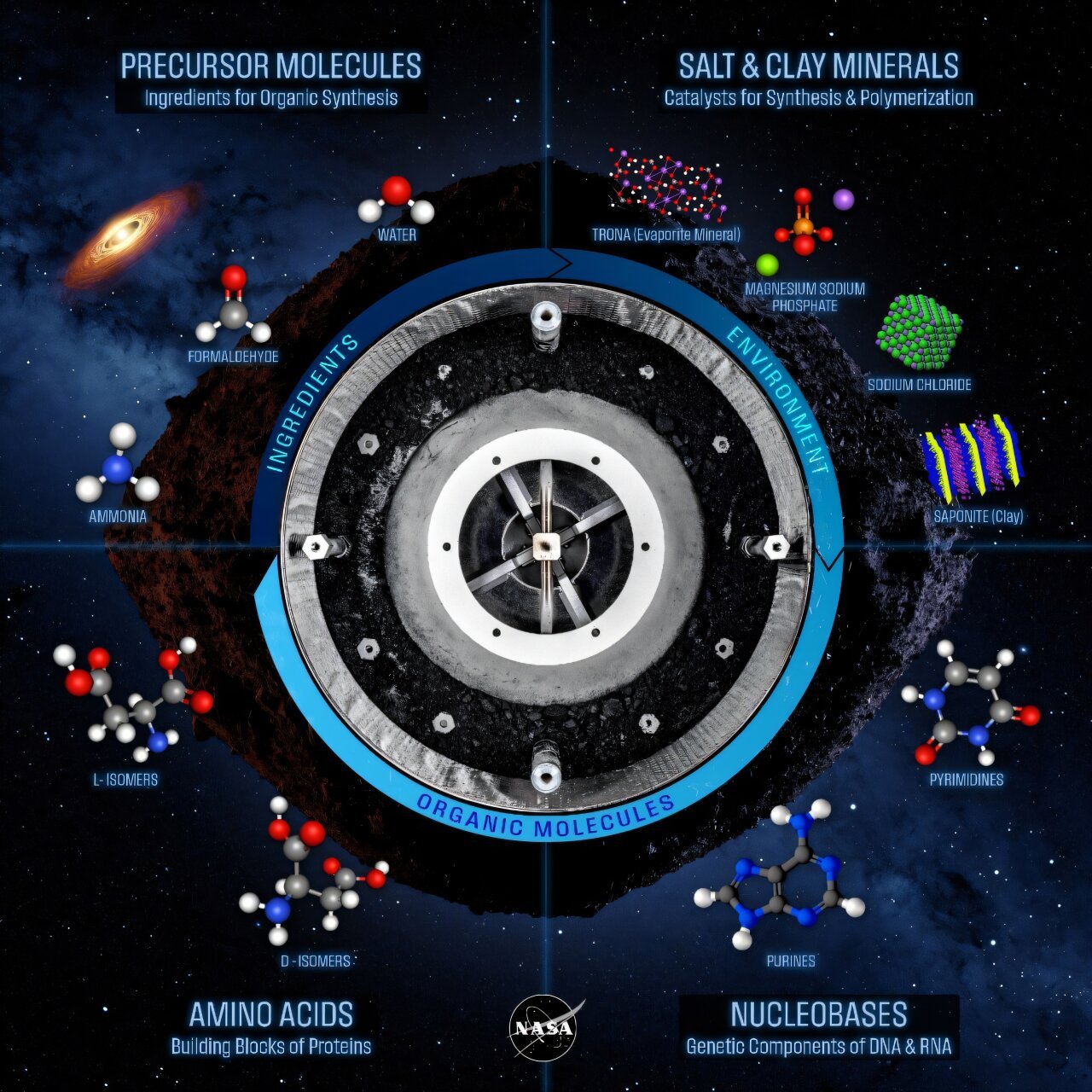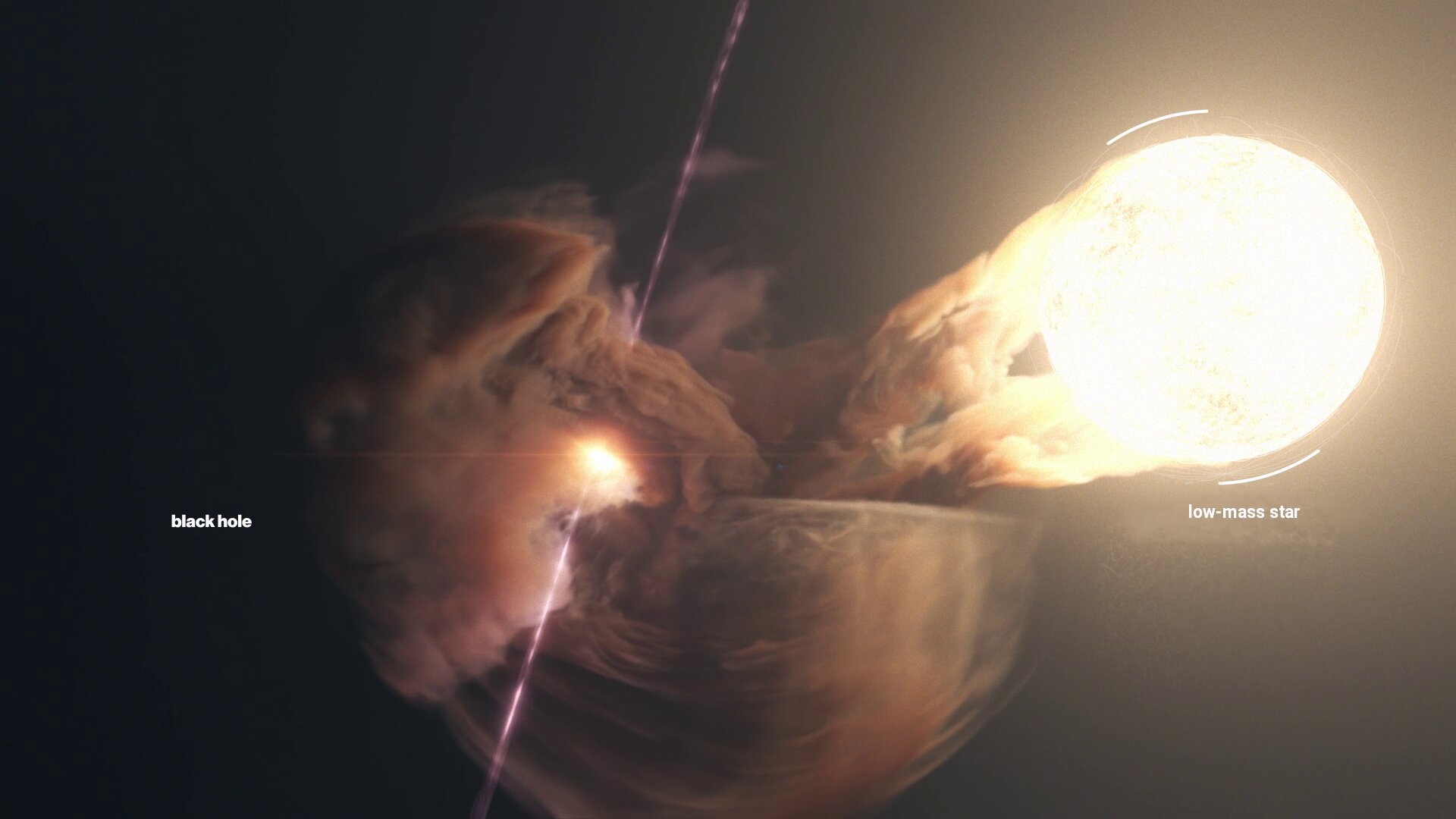NASA’s James Webb Space Telescope (JWST) has once again delivered a stunning image of the HH 30 system, providing unprecedented detail of an edge-on protoplanetary disk that is located in…
Category: Astronomy
Study Determines Moon’s Solidification Age at 4.43 Billion Years
Since the dawn of human curiosity, the moon has captivated our attention. From ancient mythologies to modern scientific inquiries, our celestial neighbor has been a constant source of wonder and…
Hubble Observes Type Ia Supernova SN 2022aajn to Refine Cosmic Distance Measurements
The Hubble Space Telescope, one of NASA and ESA’s most successful space observatories, recently captured a fascinating image of a distant galaxy, home to a supernova named SN 2022aajn. This…
Mining the Moon: Lessons from the Ocean Floor
The global conversation surrounding resource extraction from both Earth’s oceans and outer space is intensifying, with profound implications for the sustainability of both Earth-bound and space-based activities. The debate over…
Did We Find Aliens? (Probably Not)
The quest for extraterrestrial life has fascinated scientists, philosophers, and enthusiasts for centuries. In the modern era, this curiosity has evolved into the Search for Extraterrestrial Intelligence (SETI), a scientific…
High-Resolution Spectroscopy of HD 206893 B: Insights into its Mass, Radius, and Atmospheric Composition
Astronomers have made a significant breakthrough in the study of brown dwarfs with their recent high-resolution spectroscopic observations of a brown dwarf known as HD 206893 B, conducted using the…
Can Aliens Detect Us?
A research team led by Dr. Sofia Sheikh of the SETI Institute, in collaboration with the Characterizing Atmospheric Technosignatures project and the Penn State Extraterrestrial Intelligence Center, embarked on a…
Salt on an Asteroid: A Clue to Life’s Origins?
Researchers at Curtin University have made a groundbreaking discovery that could reshape our understanding of planetary formation and the origins of life. The team, led by experts from the School…
Asteroid 2024 YR4: Earth’s Near Miss or a Looming Threat?
A colossal explosion in the sky, an eruption of energy hundreds of times greater than the Hiroshima bomb. A blinding flash nearly as bright as the sun. Shockwaves powerful enough…
IGRINS Reveals Surprising Rock-to-Ice Ratio in Ultra-Hot Jupiter WASP-121b
The study of exoplanets has led to remarkable discoveries, revealing that nearly one-third of known exoplanets are gas giants, similar to Jupiter or Saturn. These massive worlds, often composed mostly…
Could We Talk to the Stars with Gravitational Waves?
The detection of gravitational waves (GWs) in 2015 was a landmark moment in astrophysics, providing a groundbreaking new way to observe the universe. These ripples in space-time, predicted by Albert…
Asteroid 2024 YR4: Slight Chance of Earth Impact in 2032
A recently discovered asteroid has sparked attention due to the slim possibility that it could collide with Earth in 2032. While scientists have placed the odds of a strike at…
Caltech Develops Test Platform to Characterize Ultrathin Membranes for Interstellar Lightsails
The idea of interstellar travel via spacecraft propelled by ultrathin sails may seem like a futuristic concept lifted straight from the pages of science fiction novels. Yet, this idea has…
AI Unlocks Gravitational Wave Mysteries
Gravitational wave astronomy, an emerging field that has fundamentally altered our understanding of the universe, has made a tremendous leap forward thanks to a breakthrough from scientists at the University…
Jetted Tidal Disruption Event or Something New? The Case of EP240408A
Explosions in the cosmos, often appearing as brilliant flashes of gamma rays, have long been a subject of fascination for astronomers. These highly energetic events, known as gamma-ray bursts (GRBs),…
New Discovery of Pulsations in Ultra-Massive White Dwarf
Astronomers have made an extraordinary breakthrough in the study of ultra-massive white dwarfs, identifying 19 distinct pulsation modes in a particularly intriguing star known as WD J0135+5722. This white dwarf,…
Asteroid Dust Delivers Clues to Life’s Origins
In one of the most anticipated moments in space exploration, NASA’s OSIRIS-REx space probe made its dramatic return to Earth after a two-year journey from asteroid Bennu, delivering a small…
Nitrogenous Bases Discovered in Asteroid Bennu Sample, Including DNA and RNA Components
Asteroids, the small, airless bodies that reside in the inner solar system, are often seen as remnants of the early solar system, holding clues to the origins of Earth and…
Microbial Life Thrives in Unexpected Atmospheres, Expanding Search for Habitable Exoplanets
Astronomers have discovered an astounding variety of exoplanets—planets orbiting stars outside our solar system—that challenge our understanding of what constitutes a habitable world. From balls of lava with surface temperatures…
Evidence for Particle Acceleration in the Low-Mass Microquasar GRS 1915+105
Our home planet, Earth, is perpetually bombarded by particles from outer space. While many people are familiar with the dramatic sights of meteors—rocky fragments from within our solar system that…
